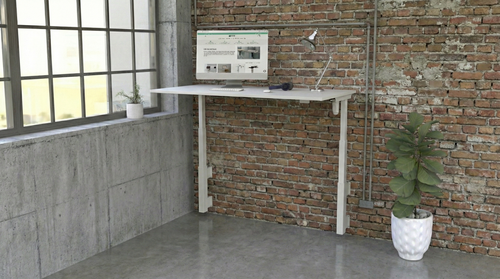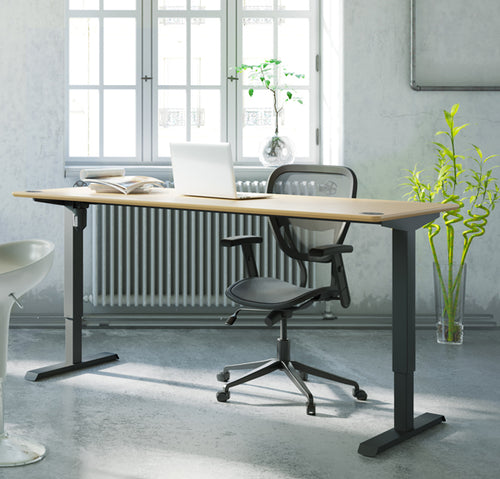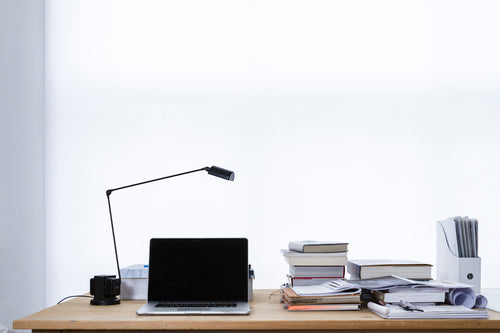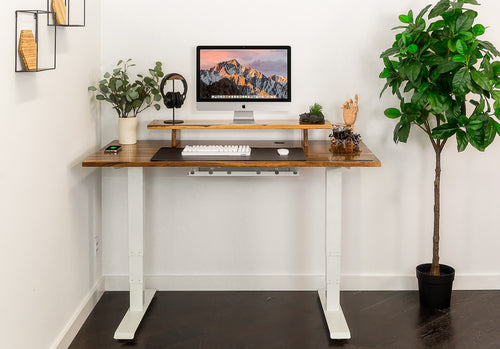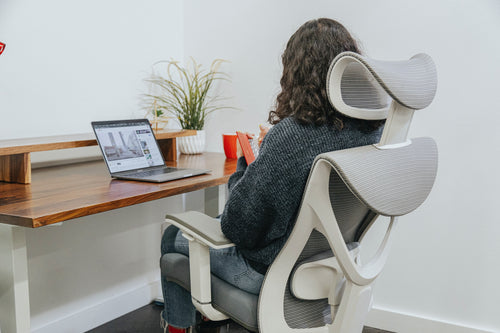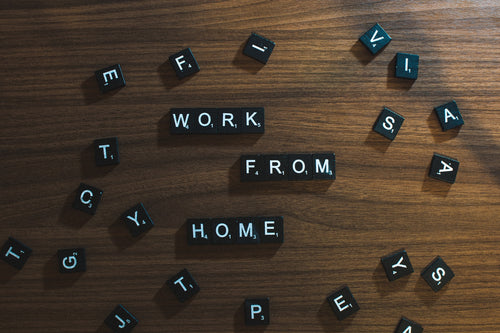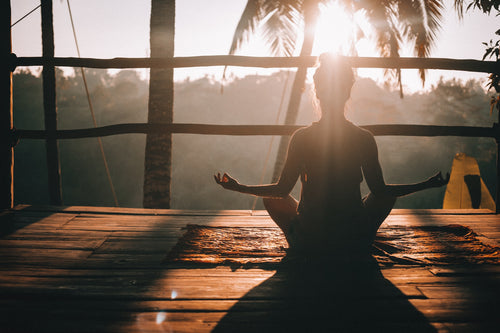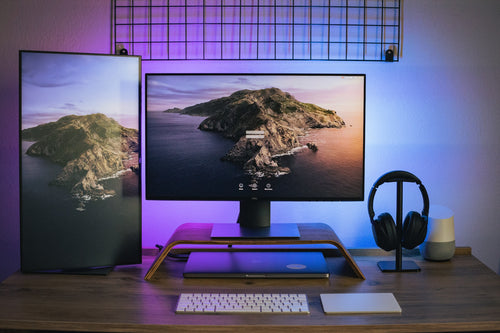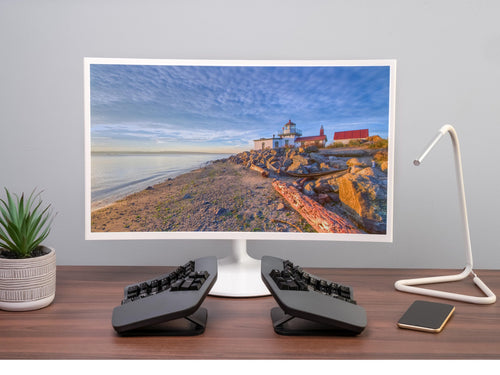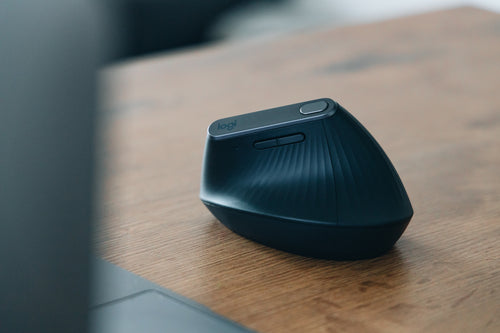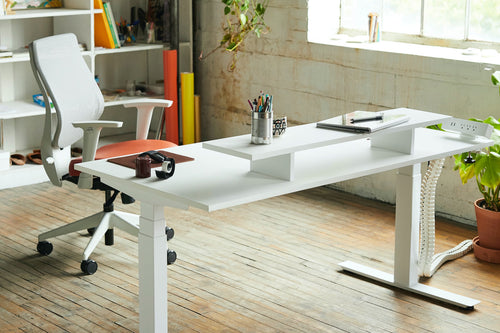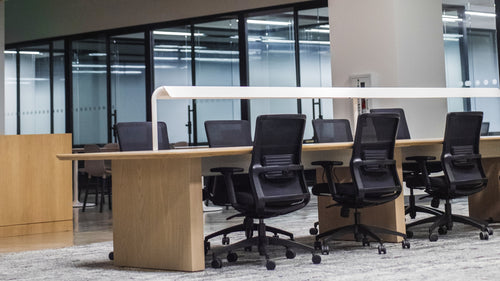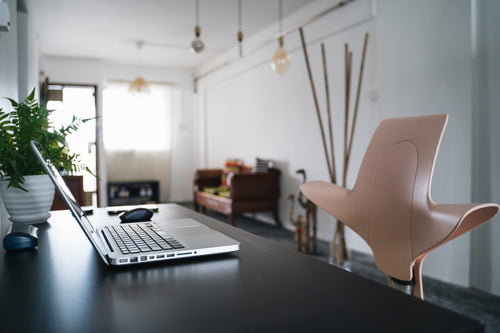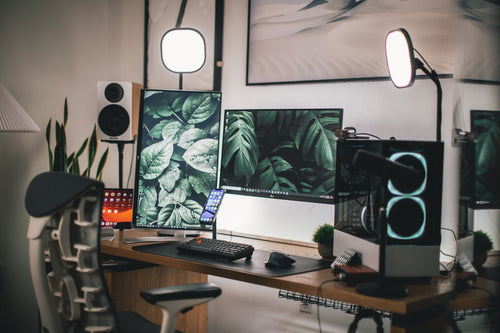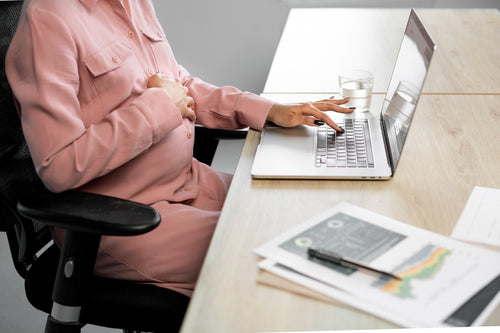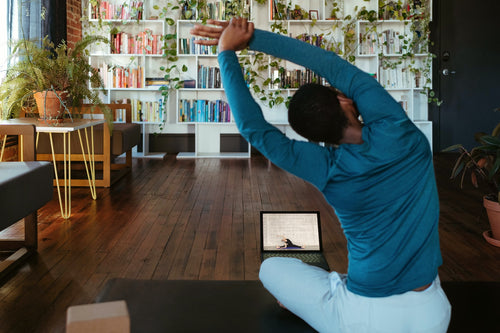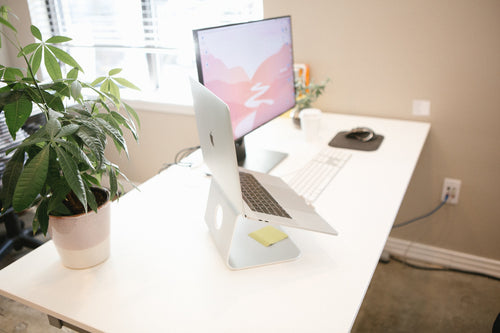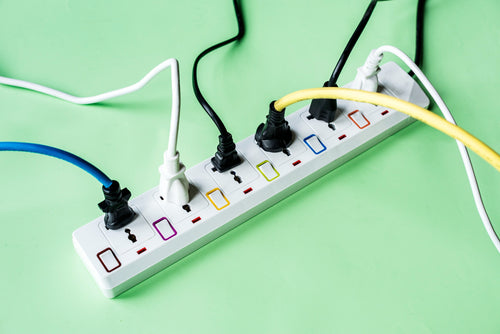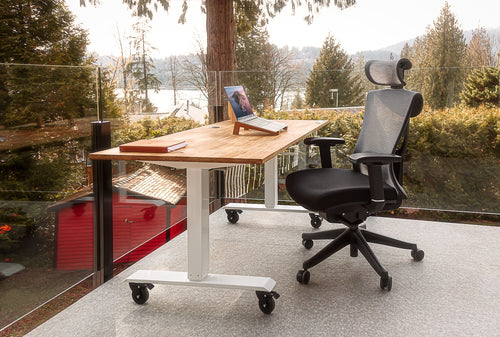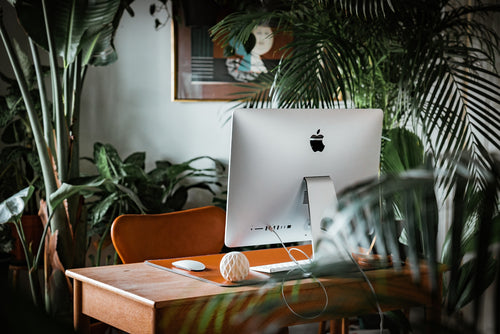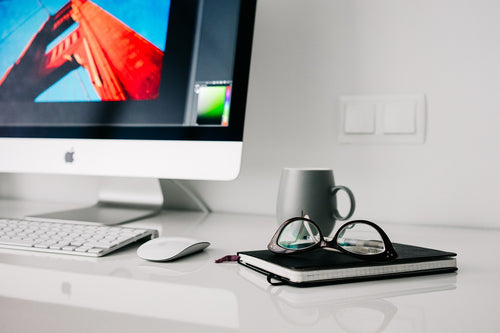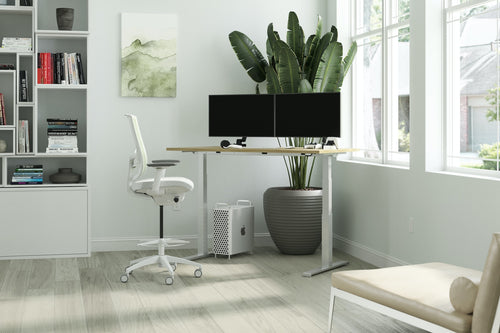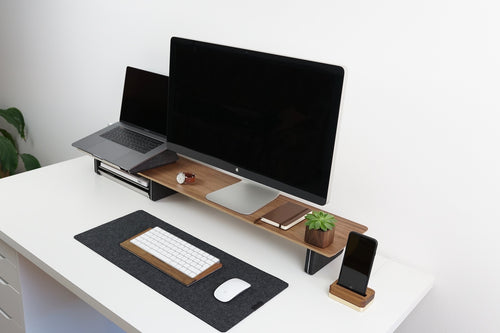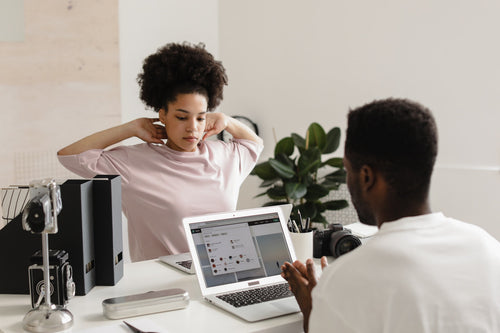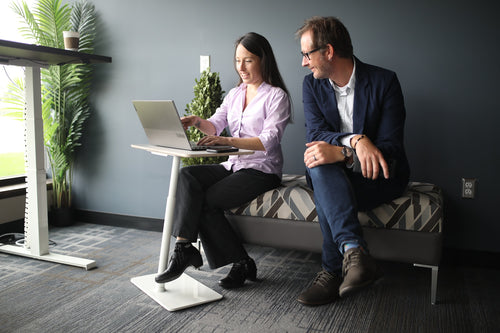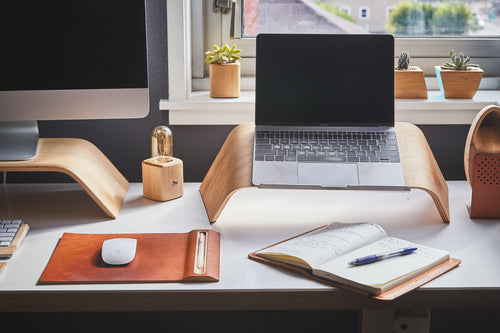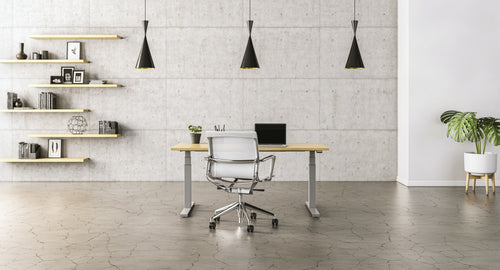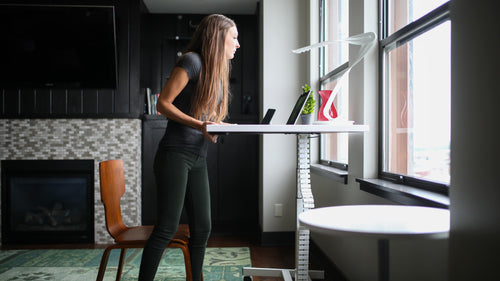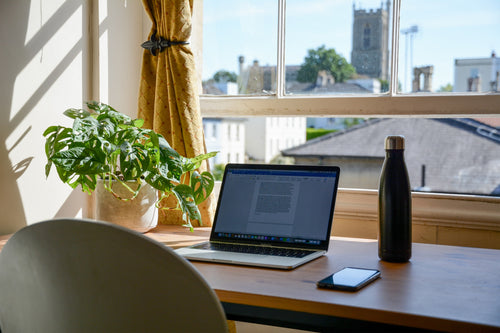The popularity of working from home has exploded in recent years, with more and more people working from home, fueled by the pandemic. Whether you work remotely full-time or occasionally, having a comfortable and productive home office is essential for your well-being and performance.
Lighting is one of the most important elements in a home office design. Your mood, energy, concentration, creativity and even your health may be affected by the light. Poor lighting can cause eye strain, headaches, fatigue and stress, while good lighting can enhance your visibility, alertness, motivation and inspiration.
How do you design a more suitable lighting scheme for your home office? To assist you, let's have a look at some of these tips and tricks.
Use Natural Light
Natural light is the best source of illumination for your home office. It provides a balanced spectrum of colours that can improve your mood, circadian rhythm and cognitive function. Natural light can also save you energy and money by reducing the need for artificial lighting.
To make the most of natural light in your home office, you should:
- Choose a room with windows that face north or south, as they provide more consistent and diffused light throughout the day.
- Avoid placing your desk directly in front of or behind a window, as this can create glare on your screen or paper. Instead, position your desk perpendicular to the window or at an angle that allows you to benefit from the natural light without being blinded by it.
- Use curtains, blinds or shades to control the amount of natural light entering your room. You can adjust them according to the time of day, weather and season to create the optimal lighting conditions for your work.
- Clean your windows regularly to remove dust and dirt that can block or distort the natural light.
- Use natural light bulbs that have a high colour rendering index (CRI) of at least 80, which means they can reproduce colours more accurately and naturally. This can make your home office look more inviting and realistic.
Use Ambient Lighting
Ambient lighting is the general lighting that fills your room and creates a comfortable atmosphere. It can also help balance the natural light and prevent dark corners or shadows in your home office.
To create effective ambient lighting in your home office, you should:
- Use ceiling or wall fixtures that provide even and soft light throughout your room. You can choose recessed lights, flush mounts, track lights or pendant lights depending on your ceiling height and style preference.
- Use dimmer switches to adjust the brightness of your ambient lights according to your needs and preferences. You can dim them when you have enough natural light or brighten them when you need more artificial light.
- Use LED bulbs that are at least 4000 Kelvin (K), which is the colour temperature that mimics natural daylight. LED bulbs are also long-lasting, energy-saving and flicker-free, which can protect your eyes and reduce headaches.
- Use lamps that have anti-glare features such as diffusers, shades or filters that can soften the light and prevent harsh reflections. This can make your ambient lighting more comfortable and pleasant.
Use Task Lighting
Task lighting is the focused lighting that helps you perform specific tasks such as reading, writing or typing. It can also help reduce eye strain and fatigue by providing sufficient contrast and clarity for your work.
To add proper task lighting to your home office, you should:
- Use dedicated lamps such as desk lamps or floor lamps that provide direct and adjustable light for your work area. You can choose lamps that have flexible arms, swivel heads or gooseneck designs that allow you to position them where you need them.
- Use lamps that have adjustable colour temperatures that range from warm white (2700K) to cool white (6500K). You can change the colour temperature according to the type of task you are doing or the mood you want to create. For example, you can use warm white for relaxing tasks such as reading or brainstorming, or cool white for stimulating tasks such as writing or editing.
- Place your task lamps on the opposite side of your dominant hand to avoid casting shadows on your work surface. For example, if you are right-handed, place your task lamp on the left side of your desk.
- Use lamps that have touch-sensitive controls or remote controls that allow you to easily turn them on and off or adjust the brightness and colour temperature without reaching for a switch. This can make your task lighting more convenient and user-friendly.
- Use lamps that have USB ports or wireless charging pads that allow you to charge your devices while working. This can make your task lighting more functional and practical.
Use Accent Lighting
Accent lighting is the decorative lighting that adds interest and personality to your home office. It can also help highlight certain features or items that you want to showcase in your room.
To incorporate accent lighting into your home office, you should:
- Use wall sconces, picture lights or spotlights to illuminate any artwork, certificates, diplomas or awards that you want to display in your home office. You can also use LED strip lights or rope lights to create a backlight effect behind your shelves or cabinets.
- Use table lamps, candles or fairy lights to create a cosy and inviting ambience in your home office. You can also use these sources of light as mood enhancers when you need a break from your work or want to unwind at the end of the day.
- Use colour-changing bulbs, smart bulbs or RGB lights to add some fun and creativity to your home office. You can use these lights to change the colour of your room according to your mood, theme or occasion. For example, you can use red for excitement, blue for calmness or green for freshness.
Light is an essential component of a home office design, which can make a significant difference to your professional experience and performance. You can set up a more powerful lighting system in your home office, according to your own needs and preferences through these tips and tricks.
Remember to use natural light as much as possible, layer your lighting with ambient, task and accent lights, and adjust your lighting according to the time of day, weather and season. You can also experiment with different types of lights, colours and effects to find what works best for you.
With a better lighting setup, you can enjoy working from home more and achieve your goals faster and easier. Happy working!



